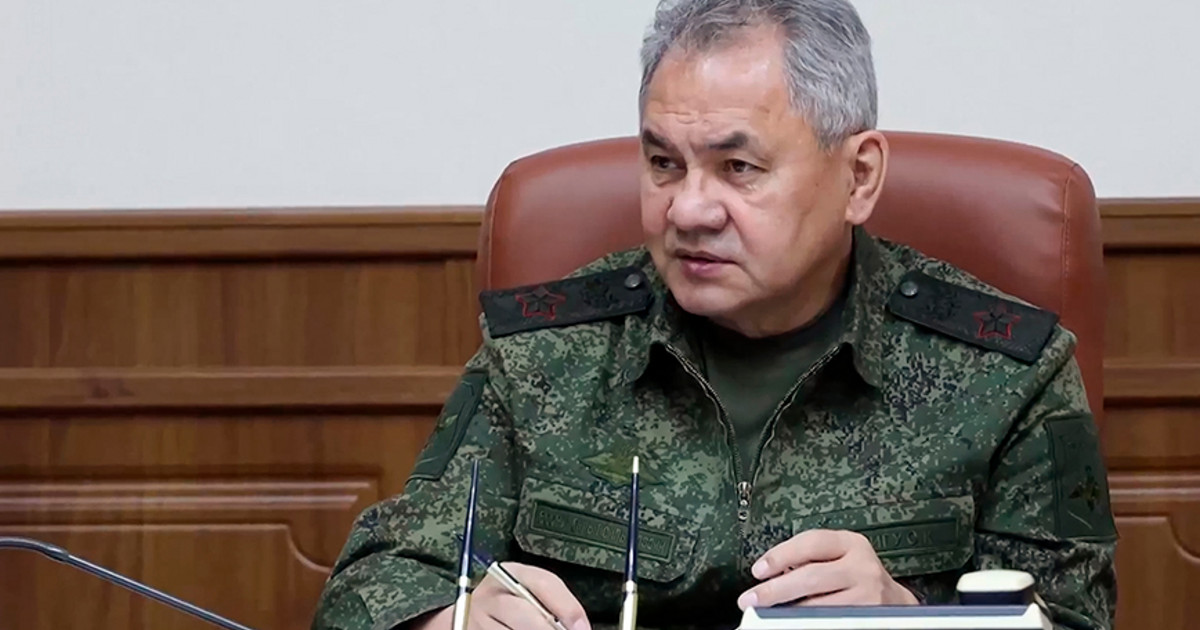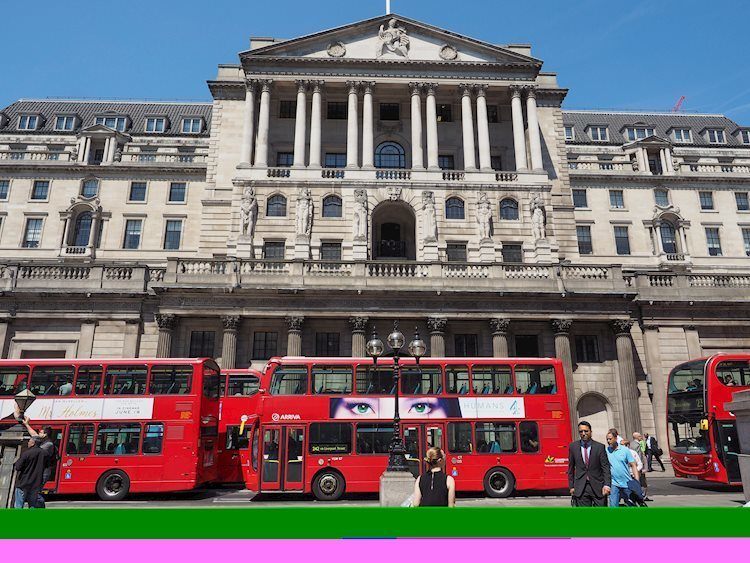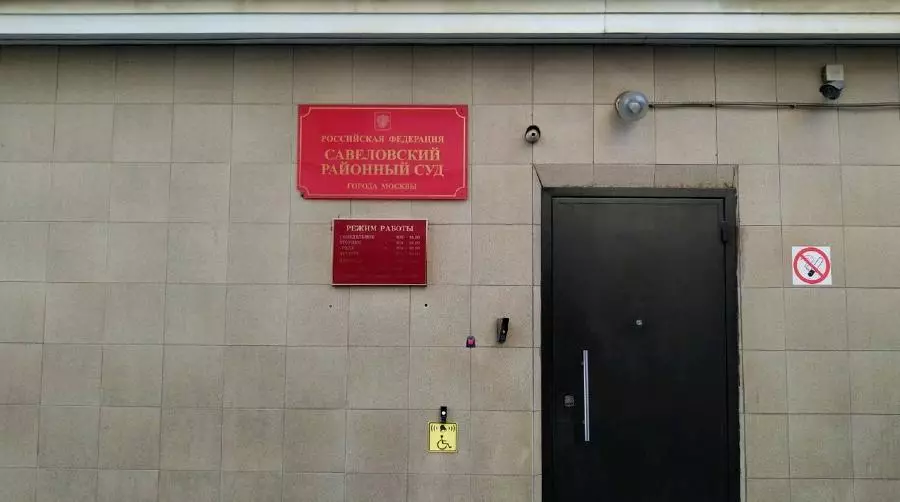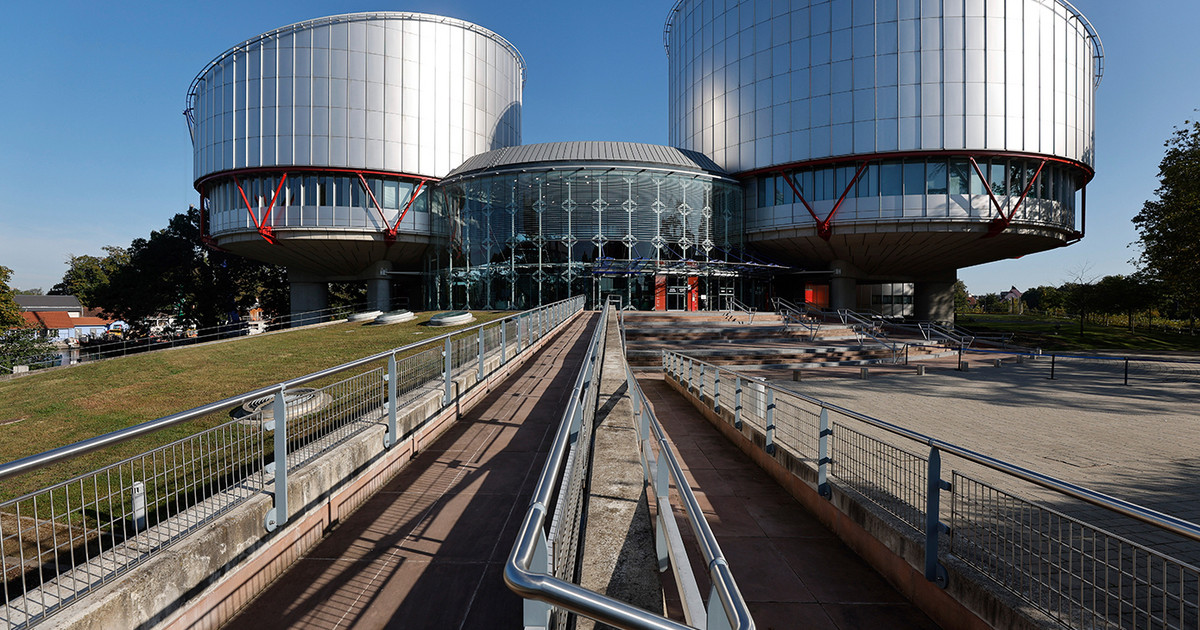European natural gas is moving downwards on Wednesday, after the rally caused by the particularly hot summer with the increased demand for fuel and a decrease in Russian supplies, as noted by the Bloomberg agency.
Storage across the region is 75% full, in line with the five-year average, providing some relief ahead of peak winter demand as households and industries prepare for further increases in their bills amid broader inflation.
However, concerns in energy markets are many. Hot and dry weather has lowered water levels in the Rhine River, a key route for coal-to-diesel deliveries.
Germany, Europe’s largest economy, has been one of the hardest hit by the energy crisis due to its traditionally heavy reliance on Russian supplies. The government has urged a reduction in consumption, warned of vouchers and this week imposed a levy on natural gas use. Germany is also rushing to build floating terminals to import liquefied natural gas (LNG).
According to Klaus Mueller, chairman of the Federal Grid Service, the country’s energy regulator, the country will have enough natural gas in storage to last only two and a half months in the event that Russia completely cuts off supplies, even if the country succeeds the ambitious targets for stockpiling.
German utility Uniper SE, which was bailed out by a government bailout last month, posted a net loss of more than 12 billion euros in the first half as the company struggles to plug gas supply gaps left by Russia. The company was forced to buy natural gas on the spot market after Russia cut supplies.
“Uniper has for months played a key role in stabilizing Germany’s natural gas supply, costing billions in losses resulting from the sharp drop in gas deliveries from Russia,” said CEO Klaus-Dieter Maubach.
Against this backdrop, the Dutch contract – the European benchmark – fell 1.3% to 223 euros per megawatt hour.
Oil is on the rise
Meanwhile, oil prices edged higher today, rebounding from six-month lows hit earlier in the day, as a larger-than-expected drop in U.S. oil and gasoline inventories reminded investors that demand remains firm, albeit overshadowed by the outlook a global recession.
Specifically, Brent for October delivery rose 0.10% to $92.44 a barrel, while US WTI crude for September delivery gained 0.29% to $86.75 a barrel.
“The decline in US gasoline inventories for a second straight week reassured investors that demand is resilient, leading to buying,” said Kazuhiko Saito, chief analyst at Fujitomi Securities.
“However, the oil market is expected to remain under pressure, with fairly high volatility, due to concerns about a possible global recession,” he added.
U.S. crude and fuel stockpiles fell last week, according to market sources citing data from the American Petroleum Institute.
Crude inventories fell by about 448,000 barrels for the week ended Aug. 12. Gasoline inventories fell by about 4.5 million barrels.
Investors are also awaiting clarity on talks to revive the 2015 nuclear deal with Iran. Oil supply could rise if Iran and the United States accept a proposal from the European Union that would lift sanctions on Iranian oil exports, analysts said.
The EU and the US said on Tuesday they were studying Iran’s response to what the EU called a “final” proposal to save the 2015 nuclear deal, after Tehran called on Washington to show flexibility.
Meanwhile, Barclays on Tuesday cut its Brent price forecast by $8 a barrel for 2022 and 2023 as it expects a large crude glut in the near term due to “resilient” Russian supplies.
Source: Capital
I am Sophia william, author of World Stock Market. I have a degree in journalism from the University of Missouri and I have worked as a reporter for several news websites. I have a passion for writing and informing people about the latest news and events happening in the world. I strive to be accurate and unbiased in my reporting, and I hope to provide readers with valuable information that they can use to make informed decisions.






